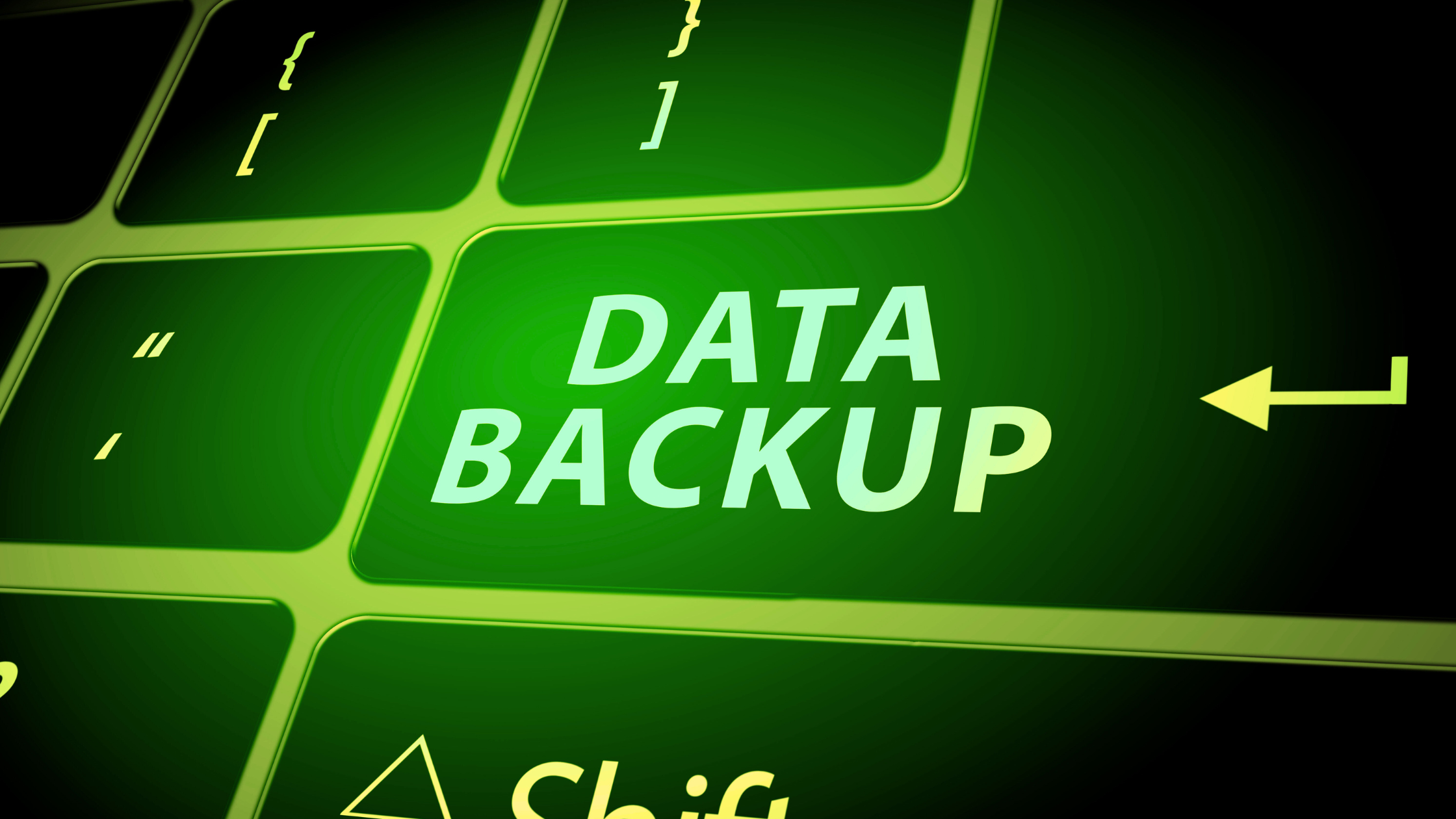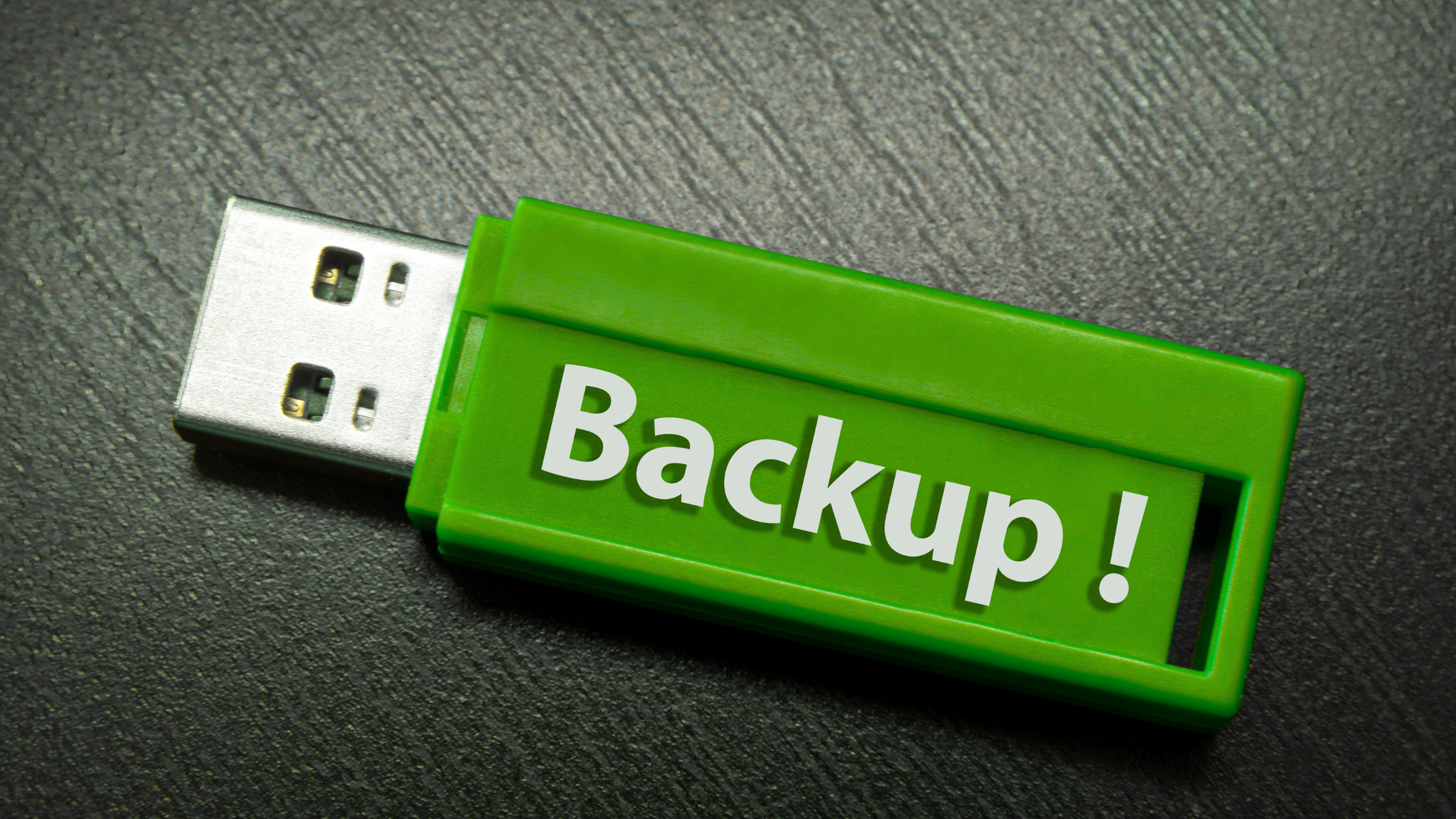One of the most aggressive and financially damaging types of malware available today is ransomware. It disrupts operations and puts sensitive data at risk by encrypting important data and holding it hostage until a ransom is paid, usually in cryptocurrency.
Knowing ransomware is essential whether you work for a government organization, healthcare facility, business, or nonprofit. Awareness is the first step to effective defense.
At Tec-Refresh, we assist businesses in creating multi-layered cybersecurity plans that minimize operational disruption while preventing, identifying, and eliminating ransomware and providing effective removal tools.
In this blog, we will learn how to effectively remove ransomware from your system with practical steps and expert tips from Tec-Refresh to safeguard your data.
How Ransomware Attacks Work
Usually, a ransomware attack begins when a user clicks on a dangerous attachment or visits malicious websites. When a PC is infected, the malware acts fast to shut out users and encrypt files located on endpoints and servers.
The ransomware displays a threatening message with ransom demands asking for payment in exchange for the decryption key. Victims have to tolerate systems not being usable, the threat of regulations being broken and harm to their reputation. Before making your defense strong, you should learn how ransomware is prevented.

Preventing Ransomware Infections
Prevention remains the most effective and cost-efficient strategy for defending against ransomware. Attacks have the potential to seriously disrupt operations, compromise critical data and private information, and jeopardize business continuity once they start. That’s the reason you should use a range of security strategies to decrease your company’s vulnerability.
An effective ransomware prevention strategy includes the following key components:
1. Endpoint and Email Security Solutions
Malicious attachments or phishing emails are common ways for modern ransomware to spread. Email security tools with integrated anti-ransomware capabilities and advanced endpoint protection platforms (EPP) can identify and stop threats, including other malware, before they have a chance to spread across networks.
2. Regular System Updates and Patch Management
A major way for ransomware to get in is through software vulnerabilities that haven’t been fixed. Removing internet security software issues by keeping all software updated quickly helps your system be less at risk.
Automation tools help in this process by closing any weak points before they become a worry.
3. User Awareness and Security Training
Human mistakes are a main reason why ransomware infections happen. People working for a company should know how to recognize suspicious emails, not open links they don't recognize, and inform someone whenever the system behaves strangely.
4. Network Segmentation and Zero-Trust Architecture
If you segment your network, it reduces the chance of lateral ransomware movement after an incident. Blocks in access between departments and systems, prevent the risk from spreading, and save important assets.
If you use zero-trust security, you ensure that all users and devices are authenticated and must follow access rules.
5. Automated, Encrypted Backups
A good backup method means you won’t have to pay a ransom to restore your data. You should make backups frequently, keep them encrypted, and secure the backup files outside your main network or in separate cloud storage.
If you have automated backups, you reduce the danger of losing your data and save time recovering from an incident.

Early Detection and Removing Ransomware Safely
Once ransomware is active, early detection can prevent system-wide compromise. Indicators include:
-
Unusual file extensions
-
Slow system performance
-
Locked malicious files with ransom notes
Immediate steps include:
-
Isolate infected devices from your network to prevent the spread.
-
Disable administrative privileges on affected accounts.
-
Use threat detection tools to identify ransomware variants.
-
Remove malware using trusted antivirus or endpoint response tools.
-
Do not pay the ransom before exploring recovery and decryption options.
Tec-Refresh deploys specialized detection and response tools, combining automated scanning with expert manual analysis to remove ransomware with minimal business disruption.
Decryption and Data Recovery
Quick action helps to keep damage under control, yet decryption is difficult with some advanced or new forms of ransomware. Even so, recovery becomes possible if companies take proper actions and rely on proven resources. Here are the primary methods organizations can use to recover from a ransomware attack:
Verified Decryption Tools:
Occasionally, both for-profit and nonprofit groups have come up with free or exclusive means to decrypt well-known ransomware strains. These tools are useful, though, only when they are configured to address the right type of ransomware virus.
If the incorrect tool is used, your data might become damaged or lost, so it’s critical to work with professionals who can accurately identify the variant before attempting decryption.
Backup Restoration from Clean, Isolated Environments:
Restoring from backups kept safely and securely away from the PC is still the most dependable way to recover data. Yet, backups have to be secure and recent enough to reduce the chance of losing important data.
In an ideal situation, your backups would be encrypted, checked regularly, and saved in parts of the system apart from the network attacked by the cybercriminal. Ransomware can be brought back if infected or incorrectly segmented copies are used to recover your data.
Professional Incident Response Services:
If you use a trusted cybersecurity firm, your organization is more likely to follow a structured process for recovery. Incident response teams at Tec-Refresh assist in both getting the site up and running securely and carrying out a full investigation to learn how the ransomware entered the system.
By knowing this information, you can patch your weaknesses, strengthen your systems, and stop the same threats from happening again.
Recovering and blocking ransomware attacks isn’t just about restoring infected files—it’s about restoring trust, business continuity, and long-term resilience while helping organizations regain access.
Should You Pay the Ransom?
Paying the ransom is risky. It may not guarantee access to your data and could encourage further attacks. Key considerations include:
-
Do law enforcement or legal frameworks discourage payment? Yes, most agencies advise against it.
-
Can encrypted data be restored from backups? This is the preferred route.
-
Are decryption keys from the attacker even reliable? Often, they are not.
If all recovery options are exhausted, organizations should consult legal and cybersecurity experts like Tec-Refresh before making a decision.

Post-Attack System Recovery
With ransomware blocked and deleted, the essential step after is to rebuild the systems and get everything back to normal. After removing ransomware, full system recovery requires:
Restoring Systems from Clean Backups: Use security-checked backups to restore lost data and systems saved either off the network or in the cloud. Concentrate on the most important systems to keep the business running.
Rebuilding Affected Systems if Necessary: If backups aren’t viable, rebuild systems from scratch by wiping drives and reinstalling antivirus software. This ensures all hidden threats are removed.
Running Deep Malware Scans to Ensure Full Removal: Before connecting a device to the network again, scan it for malware. By using a variety of tools, the possibility of spotting remaining threats rises.
Documenting the Incident for Compliance and Future Planning: Record the timeline, impact, and response actions for internal review and compliance. Use insights to update security protocols and train staff.
Choosing a Ransomware Protection Tool
Effective ransomware protection tools offer:
-
Real-time monitoring and alerts
-
Automatic updates to detect evolving threats
-
Comprehensive endpoint protection
-
Compatibility with your existing tech stack
Our security experts at Tec-Refresh evaluate your environment and recommend solutions that balance usability, performance, and threat prevention.
Common Ransomware Variants to Watch
Understanding key ransomware types can accelerate detection and improve response times:
Encrypting Ransomware (e.g., Ryuk, LockBit): In this attack, the attacker hides your data and demands you to pay them in order to recover it. It is considered a severe type since it happens frequently in organizations of all sizes.
Locker Ransomware: Instead of forcing each file to be encrypted, the malware locks all the users out of their devices—the disruption of the company’s operations results from victims not having access to the standard programs.
Screen Lockers: They display messages filling your screen that require a ransom and stop you from using your system. They may be less skilled, but they can stop productivity and make people stressed.
At Tec-Refresh, we keep ahead of these continuously changing threats by regularly checking new intelligence about them. We use managed security to help spot, separate, and neutralize all types of ransomware before it spreads too far.
Infected Device Isolation
Once ransomware is detected, immediate isolation of infected endpoints is critical. Disconnecting from the network:
-
Limits further encryption
-
Protects uninfected systems
-
Buys time for incident response teams to assess the threat
The primary goal is to contain an attack by acting quickly to separate it. At Tec-Refresh, we assist organizations in handling situations quickly and speed up the time it takes to get back up and running.
Strengthen Your Ransomware Defense with Tec-Refresh
Removing ransomware is only one part of a strong cybersecurity strategy. Tech-Refresh delivers managed security, risk management, and compliance solutions that help you recover quickly, harden defenses, simplify security operations, and stay compliant.
Don’t wait for an attack to expose your vulnerabilities. Contact us today for a customized security audit or consultation.
Frequently Asked Questions (FAQs)
1. How effective are ransomware decryption tools?
It is possible to use decryption software for some ransomware if they have been looked at by cybersecurity professionals. Still, more recent or updated forms of ransomware tend to have no easily accessible decryptors online. How effective you are will depend on the type of ransomware and how fast you act.
2. Should I pay the ransom?
Paying the ransom is not recommended unless all recovery options have been exhausted. There’s no guarantee you’ll get your data back, and payment can encourage further attacks. It’s best to consult security professionals before making any decision.
3. What should I do first if I suspect a ransomware attack?
The moment you notice ransomware, take the device off your network to stop it from spreading further. Don’t disconnect the system until you have learned more, and do not pay the ransom right away. Reach out to your internal tech team or to Tec-Refresh immediately when a cybersecurity incident happens.
4. Can I remove ransomware myself?
You can get rid of some basic ransomware, but it is not easy to remove all forms of it. If you stop cleaning after the first virus scan, there may still be clues that your dangerous files were encrypted. Professionals take care of the whole ransomware removal process to protect your system against further infection.
5. How can I prevent future ransomware attacks?
Use a multi-layered security strategy, including endpoint protection, firewalls, and employee training. Keep all operating systems and security software updated to patch vulnerabilities. Regular backups and strong access controls further reduce risk.
